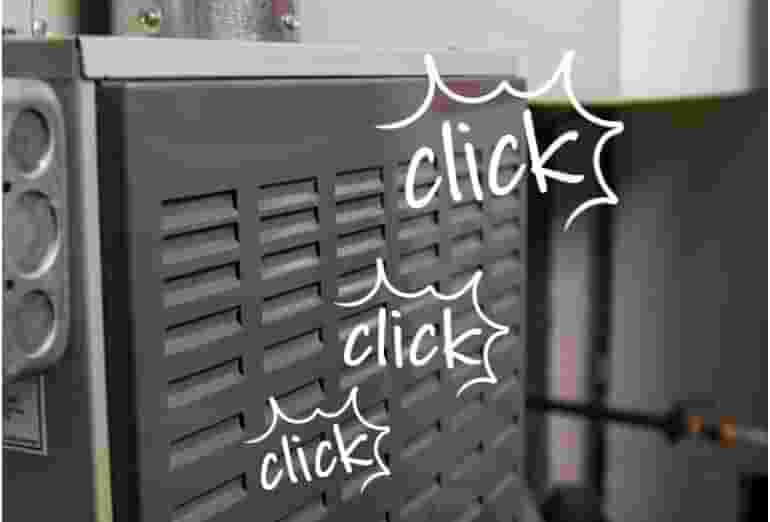Retail prices for major household appliances have stayed flat over the past 15 years even though manufacturing costs and inflation have risen steadily during that time. Manufacturers today continue to offer low prices on their lower quality appliances and then offer their choice lines of appliances at a higher price point. So, where $400 would buy you a top-quality washer 15 years ago, that same $400 today would only buy you a low-end machine that you'll be throwing away or repairing every 3-4 years. What has changed? The difference between the $400 washer of today and yesterday (or the $300 dishwasher or the $350 oven range, or the $300 dryer, or the $600 refrigerator, etc.) is in the internal components used in the machines. The lower end machines today are constructed of lower quality materials than similarly-priced machines 15 years ago. In part, this is attributable to the globalization of manufacturing with various internal parts made at different plants all over the world. While this has allowed manufacturers to cap retail prices for low-end machines over the last 15 years, it has also contributed to a degradation of quality. Therefore, the high-quality appliances you'd buy today command a correspondingly higher price tag, realistically reflecting the increased costs of manufacturing for high quality machines. You should expect top-end appliances to retail for approximately: Dishwashers - $900 Washers - $1,100 Dryers - $600.
 Click to call
Click to call



